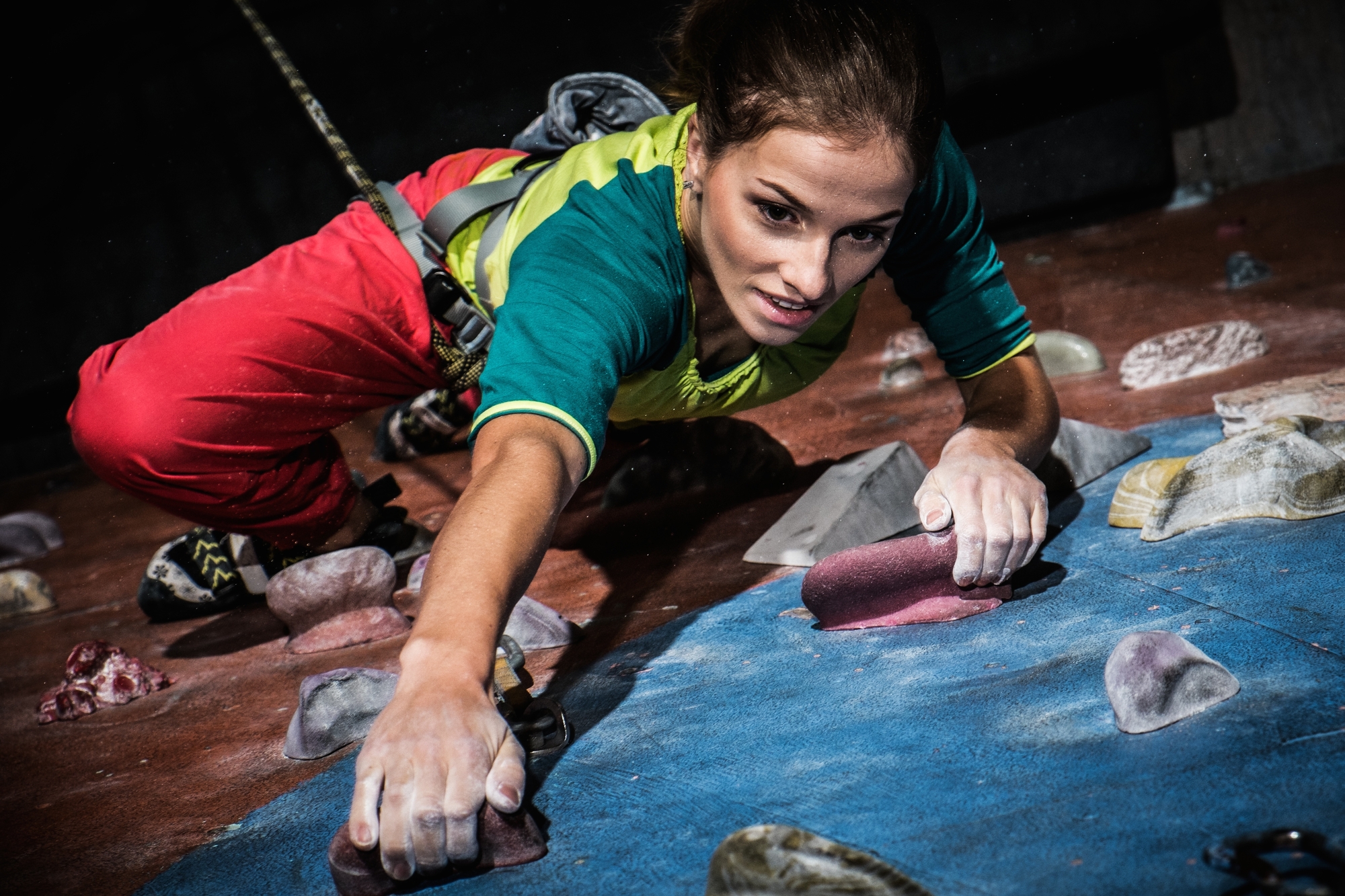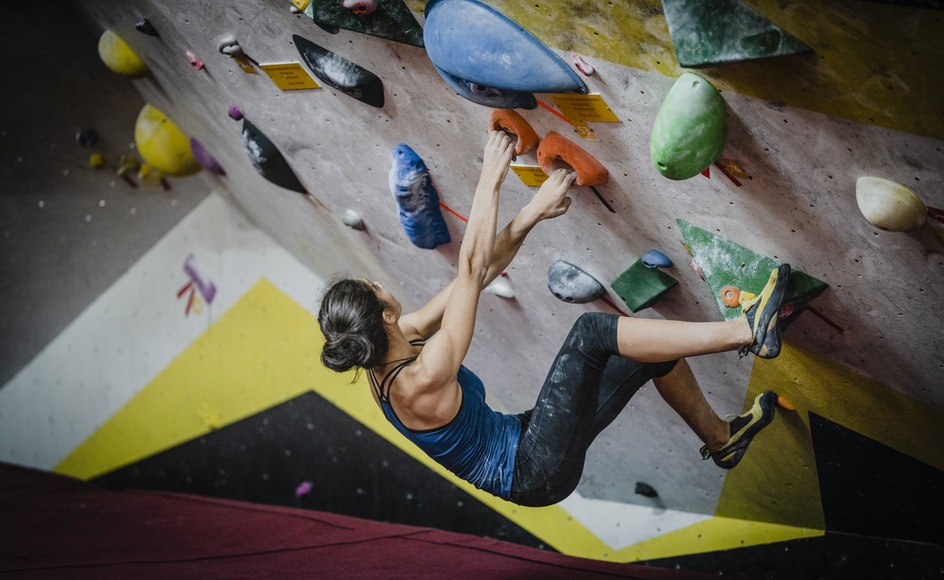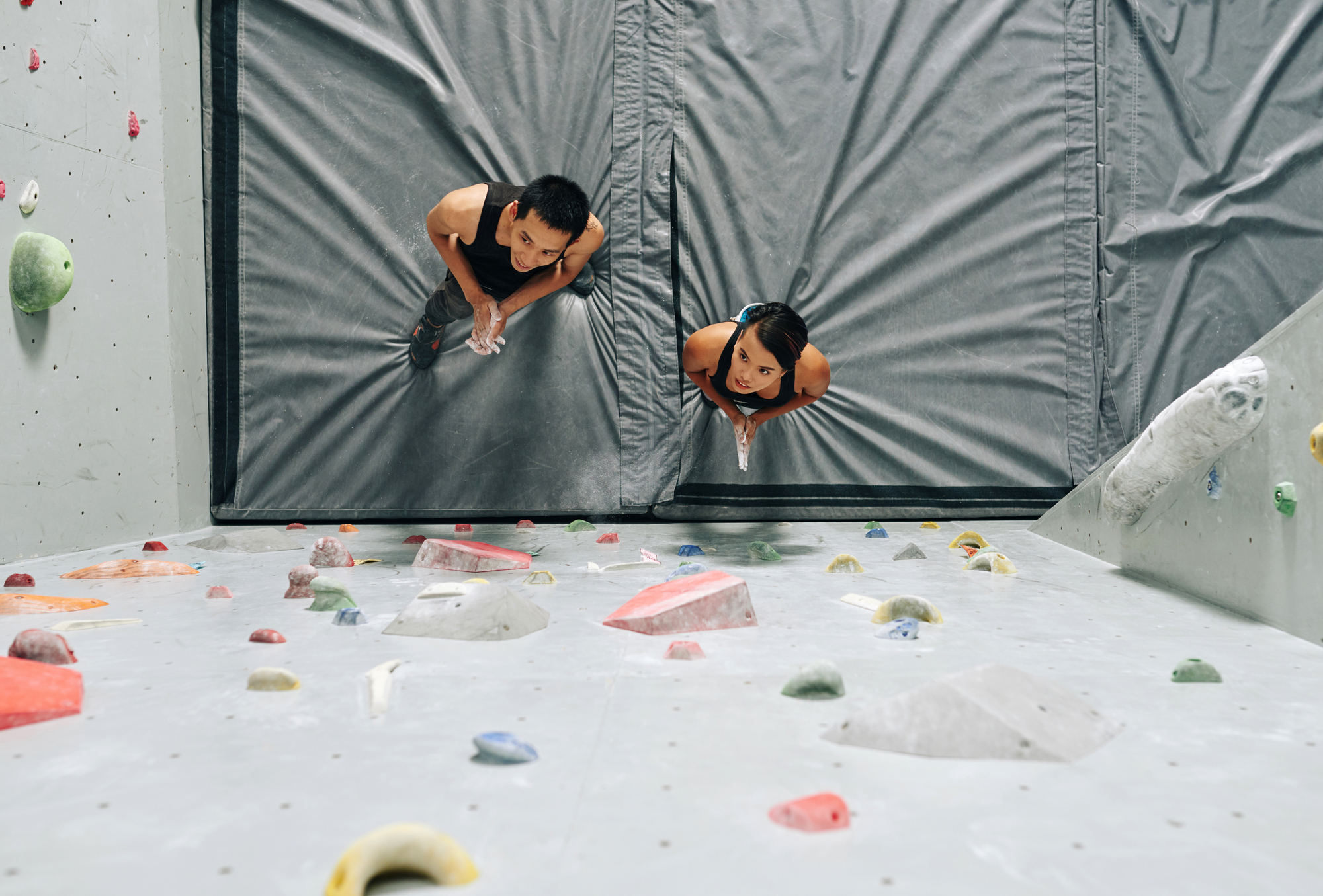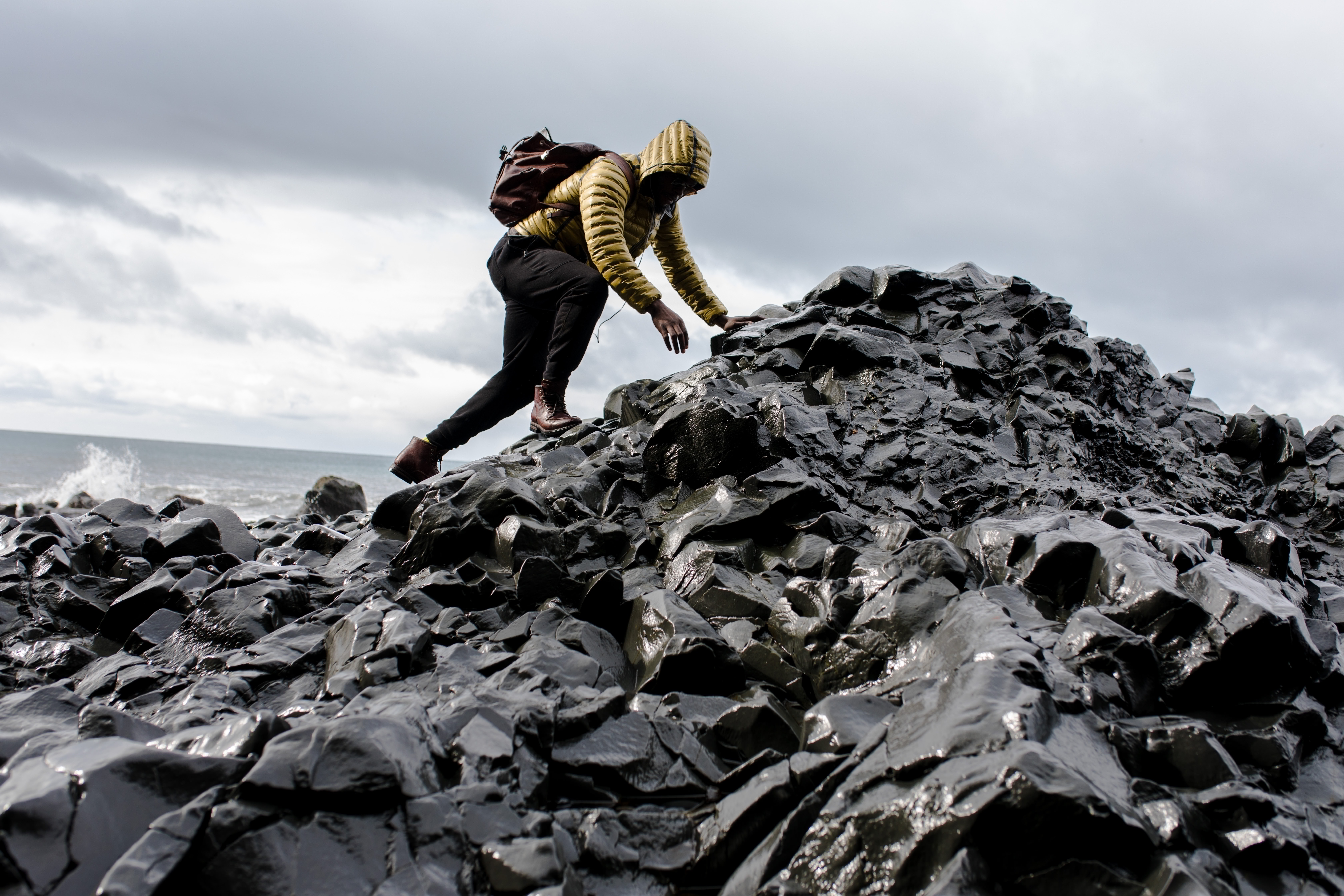Climbing indoors is a great sport that provides a whole-body workout and tremendous enjoyment in a safe environment. However, it is not without risks. Z-clipping is a common occurrence that most climbers have experienced at one point or another.
It is important for sports climbers to understand what a z-clip is and how to avoid it to prevent potential accidents from happening to them and their climbing partners.
Z-clipping can happen more easily than many novice sports climbers realize, which is why Z-clip-related accidents happen more frequently to beginners. Recognizing a Z-clip as they happen prevents falls.
This article will detail what a z-clip is, how it happens, how to fix it, and how to prevent them from occurring in the first place.
Let’s start!
What Z-Clipping Is And Why It Happens
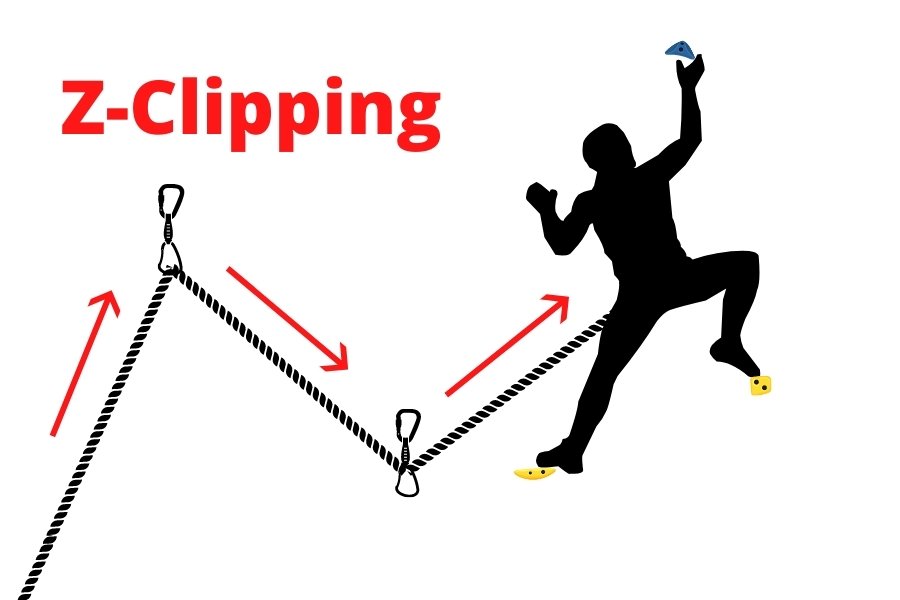
Source: https://rockclimbingguru.com/what-z-clipping-is-why-its-bad-and-how-to-fix-it/
Z-clips are most common in climbing gym settings since clips are placed close to each other along the climbing route. It happens when two clips are placed near each other and the sports climber mistakenly grips the rope belay end, clipping it to the next draw higher up along their climb.
Let’s take this example.
Say you’re at a climbing gym. While ascending your route, you come across a pair of clips that are close together. You correctly clip on the lower draw, then see that you can reach the higher clip from your current position.
The next correct step is gripping the rope from your knot and pulling the rope through the lower draw to clip it. Due to your inexperience with z-clipping, however, you accidentally grab the rope from the belay end and clip it in.
At this point, you have inadvertently z-clipped yourself.
Z-clipping is common in novice climbers who are still getting familiar with the process of proper transition during sports climbing. However, keep in mind that you can prevent z-clipping accidents from happening if you spot the mistake as soon as you make it.
Don’t feel discouraged when you accidentally make a z-clip when climbing since this is part of the learning process for sports climbing. Even experienced sports climbers make this mistake from time to time! All that matters is being able to spot the mistake and rectify it before you injure yourself.
Why Z-Clipping Is Bad
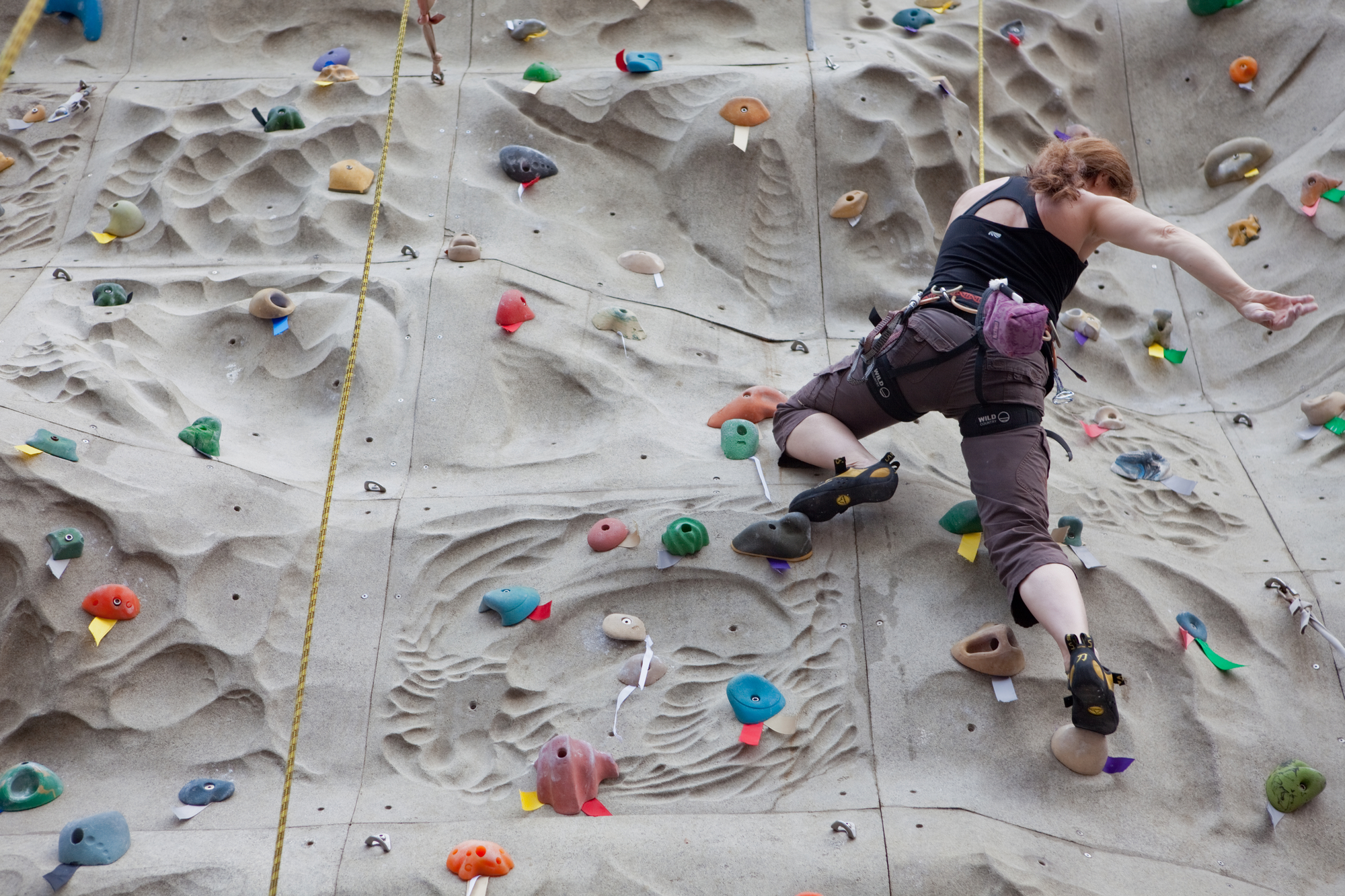
The reason why z-clipping is dangerous is that it can lull a climber into a false sense of security. When a climber z-clips and does not realize their mistake, a fall can result in severe injuries.
When a z-clip is created, it produces excess slack in the climbing system. This extra slack leads to a higher fall when a climber loses their grip since the climber is falling from the lower draw instead of the top one.
In a z-clip, the climber falls from the lower draw, resulting in much more speed and downward force. This unexpected speed and force can strain the climbing system and catch climbing partners unaware. If your climbing system or climbing partners cannot cope with the additional speed and force, you can fall from a higher distance than expected and severely injure yourself!
Additionally, z-clipping introduces much more drag into your climbing system. Even if you avoid injuries, you can wear down or even snap your rope. Climbing ropes are expensive to replace. When you expose your climbing rope to too much wear and tear, you will need to replace the rope to prevent accidents in the future.
Recognizing a Z-Clip
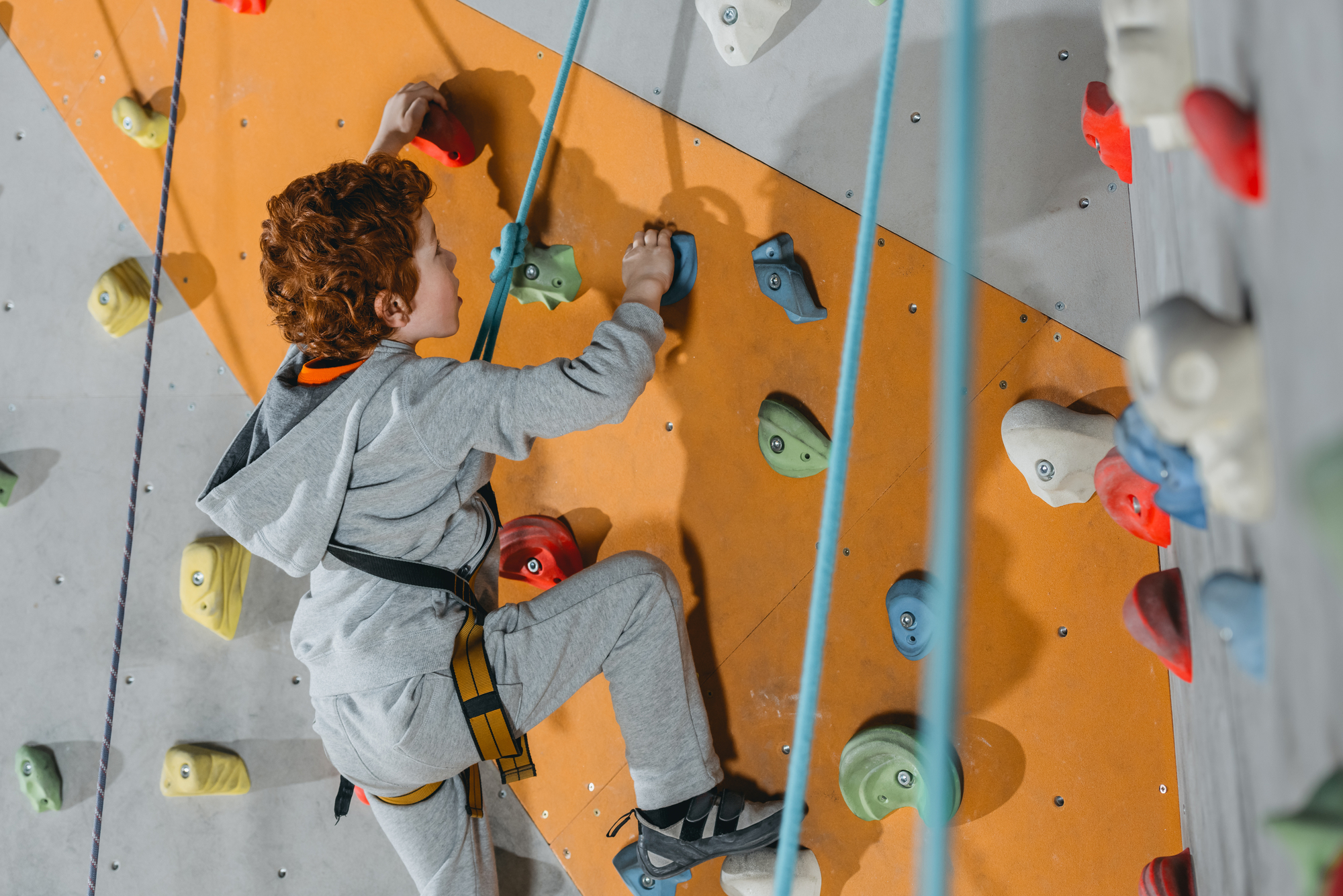
When you have accidentally created a z-clip, you’ll notice that it’s much harder to climb up the route. This is due to the additional drag produced by the z-clip. Experienced climbers can recognize this excess drag and adjust their clips properly.
If you are a novice climber, it is critical to partner with a seasoned climber so that they can help spot z-clips as they happen. However, if you cannot climb with a partner or you are all new to climbing, it pays to take things slow. Always pay attention to the amount of drag that you are feeling. Once something feels off, you should stop and make sure that you did not create a z-clip on your line.
Fixing a Z-Clip
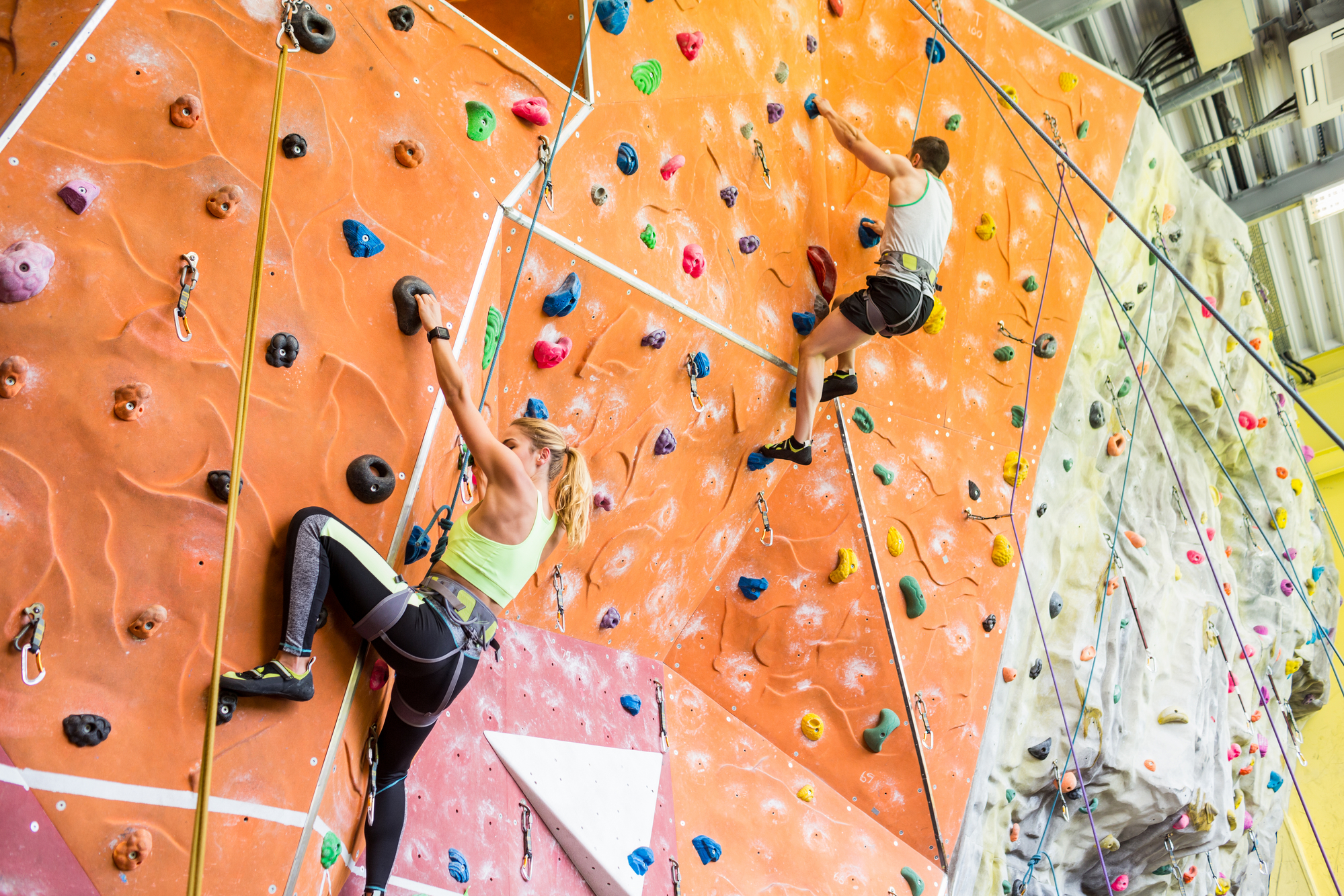
Once you or your climbing partners notice a z-clip has happened, you should address this issue immediately to prevent accidents. If you are the climber, you should carefully climb down to the lower quickdraw and unclip your rope. Your rope will now be clipped to the upper draw. After unclipping the rope from the lower draw, clip the belay end to the correct bottom draw.
If you are the climbing partner or the spotter, it is your duty to monitor your partner and make sure that they are safe while fixing their z-clip. Brace yourself in case they misjudge their grip, since you may need to help them if they fall.
Take note that fixing a z-clip is the only time that you should clip the belay end of your climbing rope into a draw.
How To Prevent Z-Clips From Happening
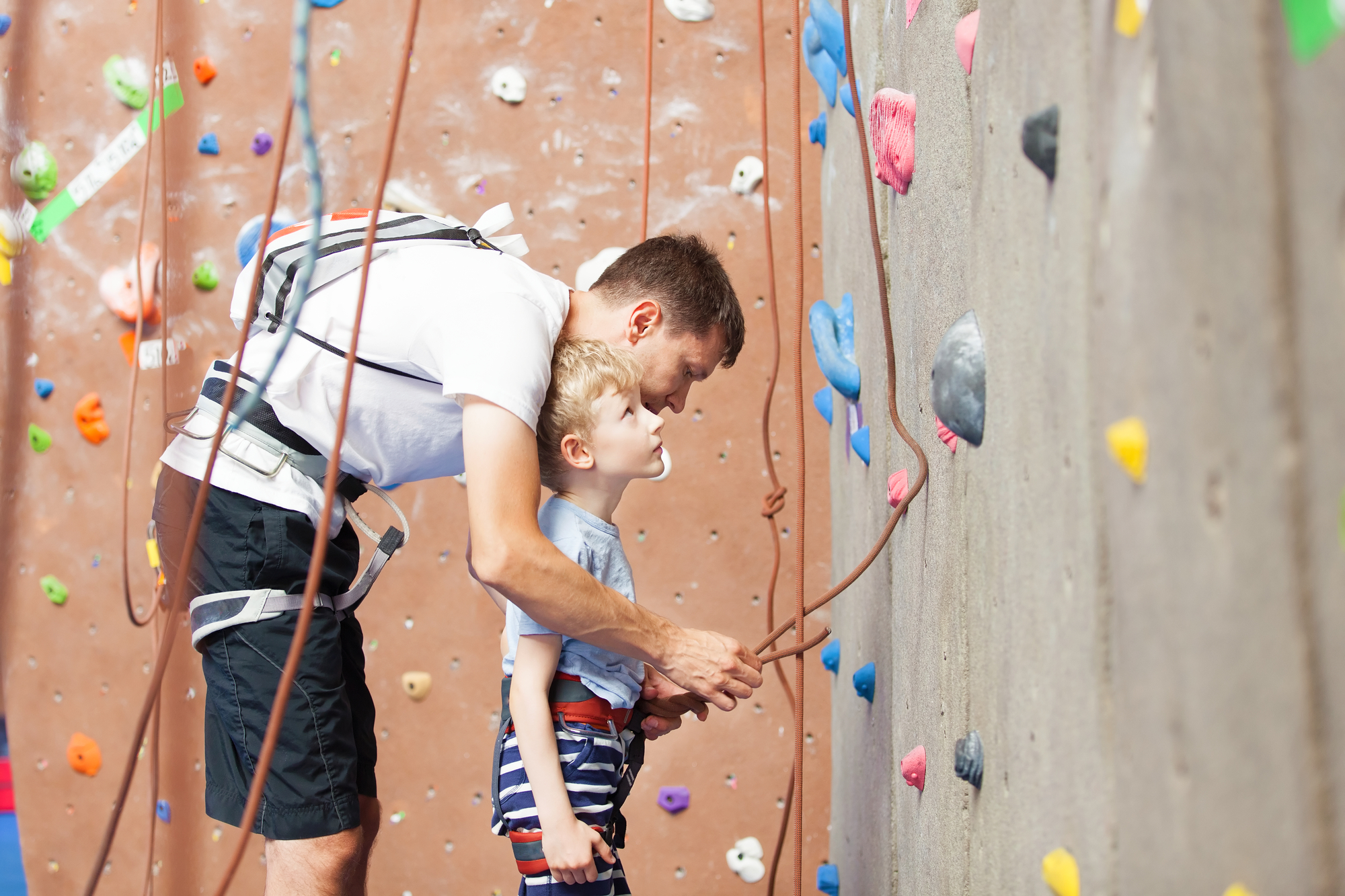
You can easily prevent z-clips from happening when you grip your rope from the harness knot whenever you clip. If you start at the knot, you will never accidentally create a z-clip. You should make this standard practice from the get-go so that you will always be safe from z-clips while climbing.
Always be aware of your clipping as you climb. Your belayer should also pay close attention to your progress in case you accidentally create a z-clip. This way, they can immediately inform you of your mistake and you can adjust.
Conclusion
Here’s the thing you need to keep in mind with z-clips: they’re both preventable and easy to remedy, as long as you pay close attention. The most important thing is preventing them from happening in the first place, so practice the correct clipping manner whenever you climb.
If a z-clip does occur, correcting the mistake slowly and carefully will prevent falls. Don’t be discouraged when you inadvertently create a z-clip as you climb; these mistakes happen to everyone!
Just fix the mistake, make sure everything is good to go, and resume your climb.
Have fun conquering the heights!

